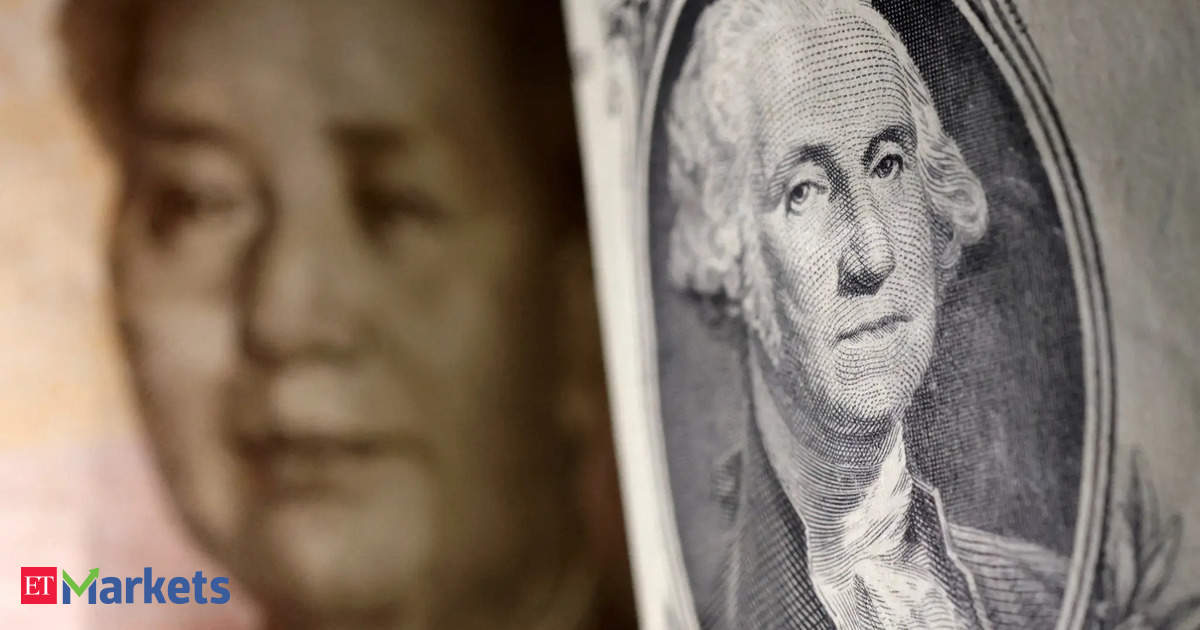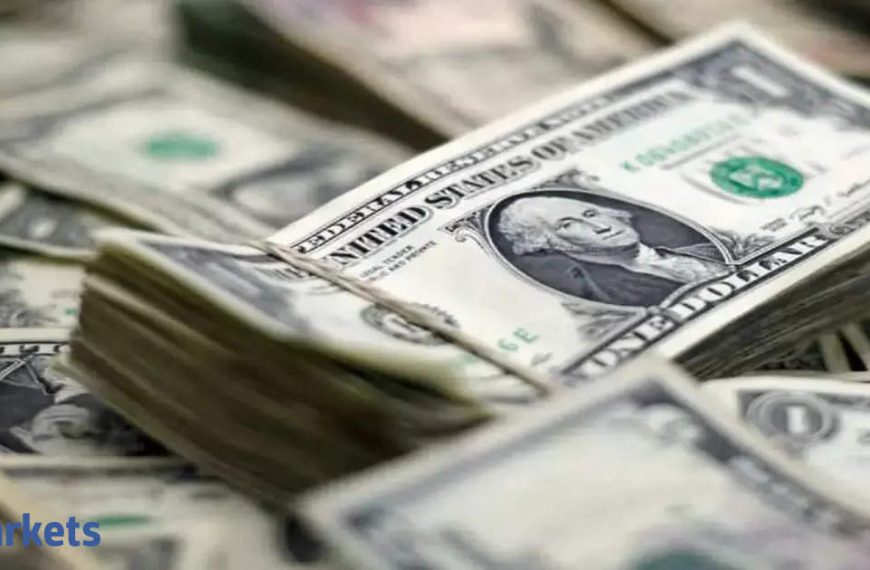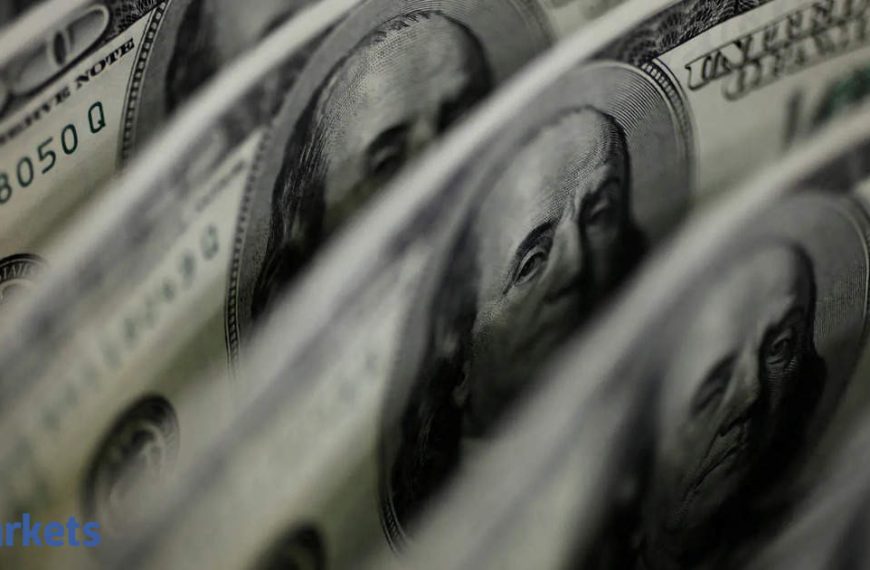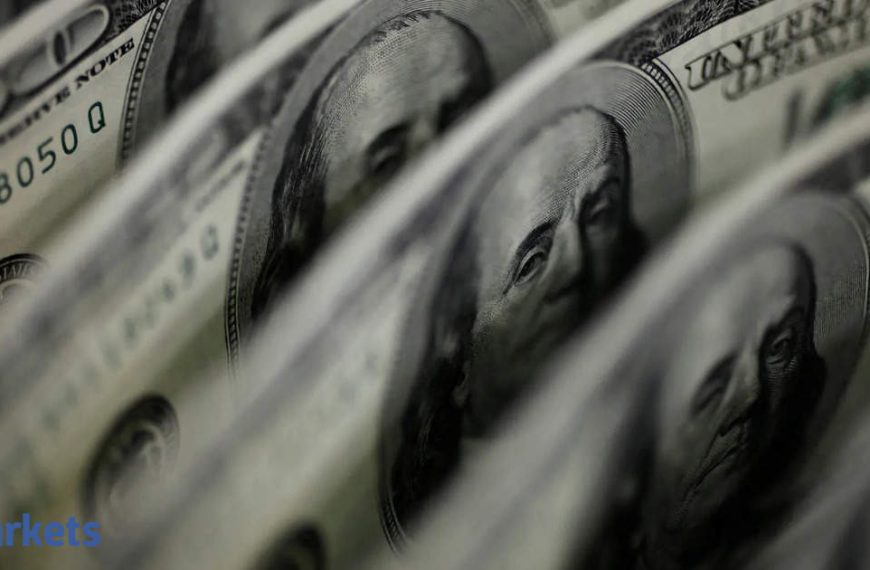The U.S. dollar is feeling the heat amid rising concerns over impending tariffs on China, leading to significant shifts in the currency markets. On Wednesday, the dollar weakened against the Japanese yen and Swiss franc, as fears surrounding a potential economic downturn intensified following the announcement of a staggering 104% tariff on Chinese goods. This move has sent the Chinese yuan plummeting to unprecedented lows, leaving investors cautious.
Tariffs Impact Global Markets
President Donald Trump remains steadfast in his approach, insisting on a 50% tariff increase on China, set to take effect imminently. He accuses China of manipulating the yuan to counteract the levies, which has raised alarm bells across the globe. Chris Weston, a research head at Pepperstone, expressed that this tariff escalation could signal the end of hopes for the U.S. economy to sidestep a significant recession. He remarked, "If this proceeds, it may well be the final nail in the coffin for any lingering optimism about the U.S. economy."
- Dollar vs. Yuan: The dollar surged to a record 7.4288 against the offshore yuan, surpassing the previous high of 7.3765. Investors are now watching closely to see if China’s central bank will further relax its currency controls.
Safe Havens in Demand
As the U.S. dollar struggles, safe-haven currencies are drawing more attention. Market sentiment has shifted as fears of a recession weigh heavily, prompting investors to seek refuge in the yen and Swiss franc. The dollar dipped 0.7% to 145.23 yen, inching closer to a six-month low of 144.55 yen. Analysts at Nomura noted that the current market conditions make the yen a favorable choice, driven by ongoing stagflation fears and the aggressive tariff policies.
- Market Trends:
- Yen Strength: The yen gained ground against various high-yielding currencies as investors unwound carry trades.
- Swiss Franc: The dollar hit a six-month low against the Swiss franc at 0.8430, with a critical support level looming at 0.8374.
Euro Gains Amid Political Stability
In contrast, the euro has shown resilience, climbing 0.4% to $1.0996. This uptick was partly fueled by positive news from Germany, where conservative parties struck a deal with the center-left Social Democrats to form a new government. This development has alleviated some political uncertainty in the European Union’s largest economy, providing additional support for the euro.
Looking Ahead
With fresh losses in U.S. stock futures and significant sell-offs in longer-dated U.S. Treasuries, analysts predict that the Federal Reserve may be prompted to consider more interest rate cuts. Current futures pricing suggests potential cuts totaling around 111 basis points this year, a notable increase from 92 basis points the previous day. As markets continue to react to these developments, investors are urged to stay vigilant and adaptable.
In conclusion, as the dollar faces mounting pressure from global economic shifts, safe-haven currencies like the yen and Swiss franc are becoming increasingly attractive. The evolving situation calls for careful monitoring, particularly as tariff policies and economic forecasts play out in the coming weeks.











